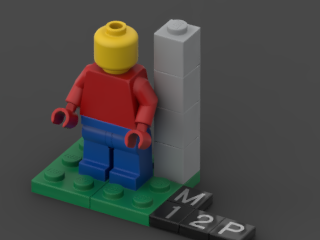
I like designing LEGO models of spaceships, mecha, and the various structures which accompany them. Over time I've begun to standardize on a scale that works for me, primarily driven by the Mobile Frame Zero games and Micropolis, and ended up making enough models that it's about time for me to write down the details so I can make sure I'm remaining consistent to myself. Generally, I work in 7p and pico scale, but let's talk about a bunch of options.
Some very quick LEGO math:
1b (brick) height = 3p (plates) height
2s (studs) width = 5p height

A LEGO minifig is 12 plates (4 bricks) tall and obviously compatible with all the standard LEGO parts. It's a great scale, but I get bored with filling a model full of plain, undecorated bricks just to rough out the shape so I can add details on top, so I don't make much of this.
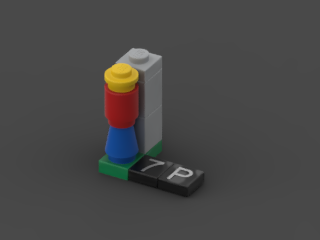
This is my favorite scale for mecha. It's small enough that every piece matters and it encourages me to broaden my library and reuse parts in new ways, but gives me enough room to add flourishes. A mecha is usually around 20p tall because I like to put an actual pilot's compartment into it. Something in the hardsuit realm might be only 10p tall.
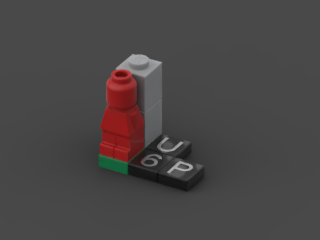
I love the miniature (microature?) LEGO board games that microfigs came from, but they're just worse minifigs. 7p is cheaper, more expressive, and they make it easier to build for headroom. 6p is not useful to me.
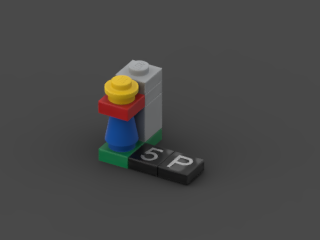
It is weird how much one plate can change things, though. Where 6p is a waste of time, 5p is a great scale for all the same reasons as 7p. I like building in 5p when I'm making a "full size" ship and want to add an internal layout to the model because 1x1 tiles have all kinds of screens and controls that fit the scale of 5p.
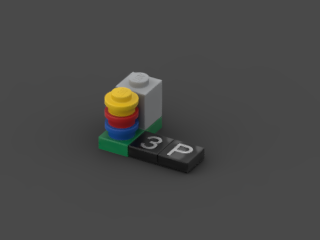
For large buildings where I still want detail, 3p can be a good way to maintain a workable model size. LEGO also makes a nanofig that is roughly 3p tall, but I don't like them for the same limited variation reasons as the microfig.
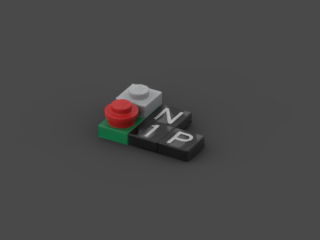
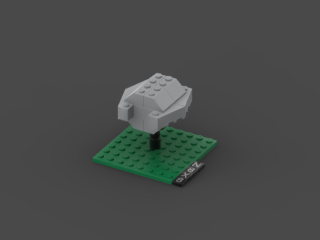
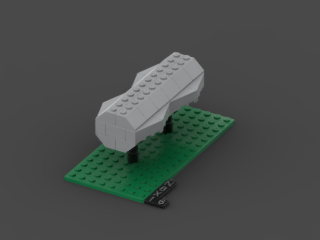
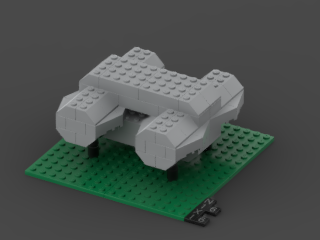
When I'm making spaceships I like to work in a scale where a figure takes a single 1p space. It's less accurate at these scales, so maybe 1p can fit one or two figures, and some figures might have a second plate if they're important, but it helps me visualize things by imagining 1p as the personal space of a person.
This is really where baseplate scales start to become effective, as well. An 8x8 plate is enough room for a small ship like a cargo hauler, an 8x16 plate can hold a medium ship with more range and equipment, and a 16x16 plate is sized for a large ship (or a small space station).
If we're talking about terrestrial models, 8x8 holds a small building or a large tree, 8x16 is enough to represent a clearing or a suburban lot, and 16x16 is a good size for a store or an industrial building.

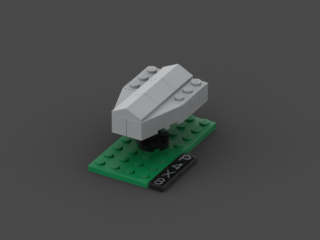
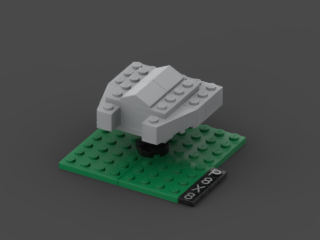
For really big ships, or when there's going to be a lot of them around, I switch to a pico scale where 1p holds a group of people.